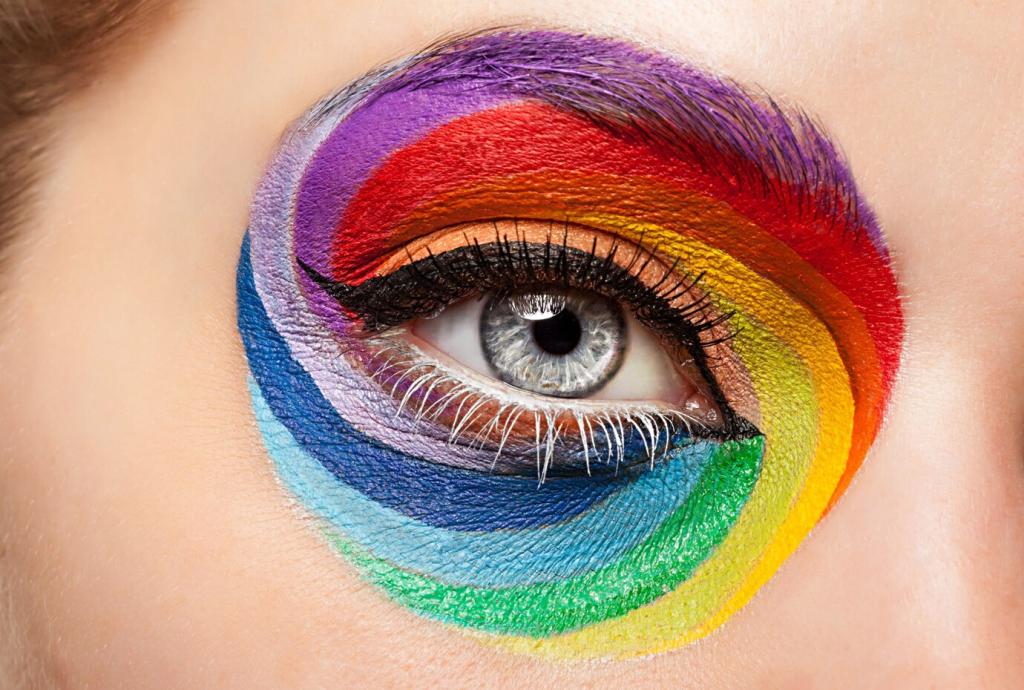Keeping It Fresh Over Time
Rotate textiles seasonally—lighter blues and linen in summer, deeper greens and wool in winter—while keeping your base palette stable. This preserves psychological continuity while adding novelty. Share your seasonal swaps and we will feature creative, budget-friendly updates from our reader community.
Keeping It Fresh Over Time
When repainting is impossible, change chair cushions, pen holders, or desktop wallpapers in your accent hue. Even coordinated cable ties influence perceived order. Take before-and-after photos, measure how quickly you settle into flow, and comment with tips that made the biggest difference.






